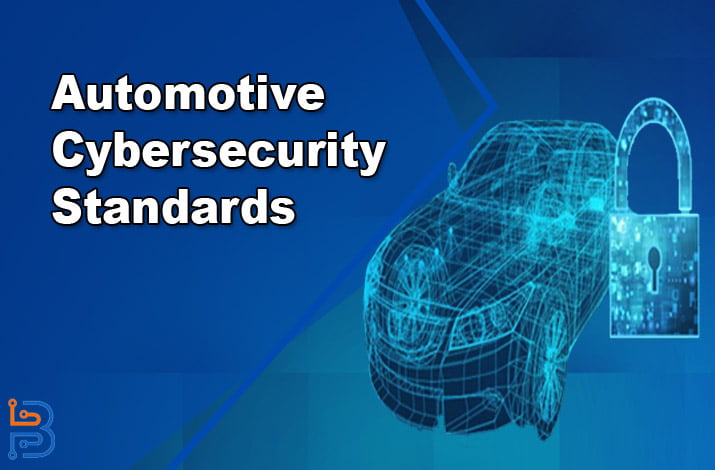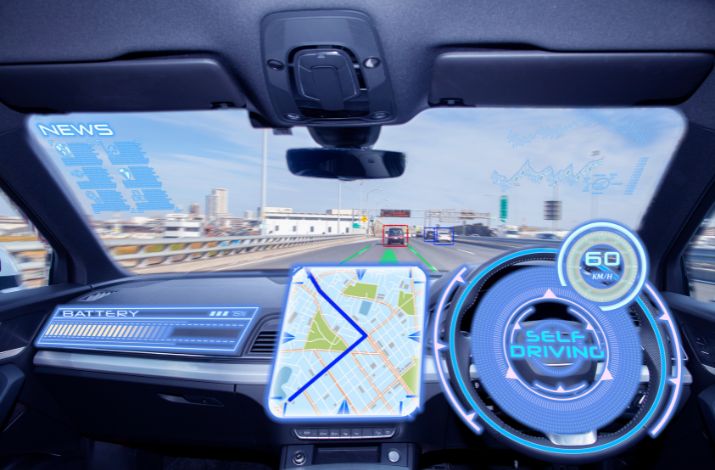Automotive Cybersecurity Standards to Prevent Attacks

Securing your automotive with the help of the latest cybersecurity standards to prevent attacks has become a necessity in this digital world. We all know that most of the modern vehicles are connected with the Internet. This is a good thing because it helps connect the car with different features.
However, this can become a threat too. Your vehicle can catch viruses which can lead to system failure and other different things.
To avoid this from happening, you can use the automotive cybersecurity standards we’re about to present to you. Let’s start discussing the importance of cybersecurity standards.
Importance of Cybersecurity Standards
Currently, the vehicles are designed at exceptionally complex levels to revolutionize the driving experience of the general public. Nevertheless, this increased connectivity and complexity of the latest cars have raised an inherent risk of cyber threats.
With time, it is becoming one of the most critical concerns of the automotive industry. These attacks can significantly compromise the safety, privacy, and functionality of the vehicle and passengers, causing losses in the form of money, life, and assets.
Furthermore, sudden cyberattacks while moving cars can produce numerous harmful impacts, ranging from data theft and privacy to physical damage.
Different Cybersecurity Challenges in the Automotive Industry
Before delving into the deep understanding of cybersecurity standards in the automotive industry, let’s look at the different challenges the vehicle manufacturers face.
1 – Vehicle Vulnerabilities
These days, vehicles are designed with the incorporation of numerous technical components, including electronic control units (ECUs). These chips manage various functions like engine controls, infotainments, and safety systems. Each ECU represents a potential entry point for cyber-attacks; hitting them will lead to serious negative consequences. Cyber attackers can have unauthorized access to them by exploiting the vulnerabilities, creating manipulations in critical systems. Additionally, they can even take complete control of these vehicles.
2 – Over-the-Air (OTA) Updates
As described previously, car manufacturing companies rely more on software to improve their performance. To make more changes in them to enhance their functionality, over-the-air software updates have become a popular option in this industry. While these updates improve vehicle performance, they also pave a direct route to potential attacks if not carried out adequately.
3 – Supply Chain Risks
The automotive industry’s global supply chain consists of a large number of suppliers. They all play a certain part in the final product to customize it according to the world’s requirements. Hence, if you compromise the quality and integrity of the supply chain, attackers can easily exploit the vehicles by targeting the security weaknesses present in the infrastructure.
Important Automotive Cybersecurity Standards
Here are some of the best automotive cybersecurity standards you can use:
1 – ISO/SAE 21434: Road Vehicles – Cybersecurity Engineering
ISO/SAE 21434 plays a crucial role in improving the safety and security of the latest vehicles. It directs automotive manufacturers to develop comprehensive cybersecurity strategies throughout the vehicle’s lifecycle. Additionally, it emphasizes following a systemic approach to recognize the potential threats and assess risks connected with them. Furthermore, it lets you implement the proper countermeasures to control cyber activities. ISO/SAE 21434 also encourages stakeholders to collaborate with each other to promote information sharing on cybersecurity issues. Ultimately, you can ensure your users a safe journey, whether it is a short tour or a long one.

2 – UNECE WP.29
World Forum for Harmonization of Vehicle Regulations, more often known as UNECE WP.29, is another cybersecurity standard to maintain the car’s performance and safety. Generally, it is a United Nations body responsible for creating International regulations and acts for vehicles and their systems. Operating under the United Nations Economic Commission for Europe (UNECE) forum, this standard has played a critical role in the mutual recognition and global harmonization of automotive regulations. Some important points regarding this standard are the following.
- UNECE WP.29 lets you follow all the technical and regulatory compliances in automotive development.
- It provides an approval process to guarantee that cars meet fixed technical standards.
- The WP.29 standard work through different parties, focusing on specific areas of automotive regulation and development.
Read Also: What is Artificial Intelligence? How It is Changing the Business Landscape
3 – SAE J3061
SAE J3061 provides comprehensive solutions to understanding and implementing cybersecurity strategies in cyber-physical vehicle systems. It covers the entire vehicle development process from the very beginning to the launch of the car in the market. The main goal of SAE J3061 is to encourage proactive risk assessment methods to generate a complete security design for your products.
4 – NIST Special Publication 800-53
Although this security regulation completely adheres to enhance the cybersecurity of the automotive industry, it can provide comprehensive solutions to foster the system information and follow the rights steps for federal information systems. Automotive manufacturers have integrated this standard into their development procedures to adapt a comprehensive catalog of security and privacy into their end products. Hence, they can enhance the cybersecurity posture of their vehicles.
5 – Cybersecurity Best Practices
Beyond the standards mentioned above, following the best cybersecurity practices to guarantee a completely secure environment for drivers and passengers is compulsory. By integrating highly encrypted codes in software development, you can make no space for hackers to take advantage of any flaws. Ultimately, it will boost your credibility and reliability in the market.
Final Verdict
Securing the digital system of your automotive vehicle is more important than you think. This can help you secure your vehicle and avoid any type of digital system crash. A lot of different types of standards have been developed nowadays. We have chosen some of the decent ones you can consider to ensure the safety of your vehicle. Their details are discussed above.






